On Sunday, November 19, a group of seven volunteers from ForestWatch and UCSB Adventure Programs successfully removed the only known infestation of invasive Cape ivy from Rattlesnake Canyon just north of Santa Barbara. The infestation was discovered within Los Padres National Forest boundaries (but on Santa Barbara city park property) by ForestWatch while surveying the canyon for invasive plants earlier this year.
The crew included mostly undergraduate and graduate students from UCSB as well as some volunteers who made the trip up from Ventura to help out. After meeting at the trailhead that morning, the group set out with hand tools up the trail to the Cape ivy infestation. Upon arrival, the group developed a plan of attack to ensure that all Cape ivy would be removed.
Cape ivy — originally from Africa — has become an invasive plant in California where it outcompetes native understory plants throughout our region. The vine often covers small trees and shrubs in our local canyons.
After two hours of unwinding vines from tree branches and carefully pulling out the Cape ivy’s roots, the group had successfully removed all of the invasive vine from the area. The collected plant material was hauled back out of the canyon in trash bags to ensure that the plant would not resprout from discarded plant fragments.
We will continue to monitor the site for any regrowth, but for now the canyon is free of the invasive vine. We would like to thank the UCSB Coastal Fund for providing funding for this project, UCSB Adventure Programs for sending some of their volunteers, and the City of Santa Barbara for granting access to the site.
Check out the gallery below to see more photos!
- The Cape ivy was starting to work its way up the hill.
- The team used surgical precision to remove the vine, which was often intertwined with native plants.
- Don’t blink or you might miss one!
- Spotters would often call out where they saw vines near another volunteer who could more easily reach them.
- Our work will help keep the plant from spreading further down the trail.
- Our youngest Cape ivy remover ever!
- Truly a team effort.
- We couldn’t leave without playing in the creek for a bit!

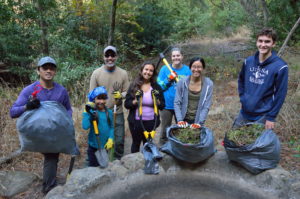
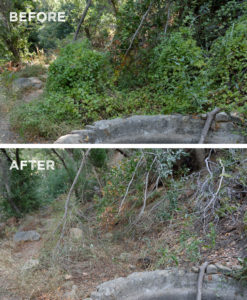
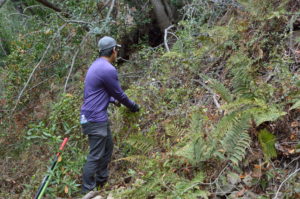
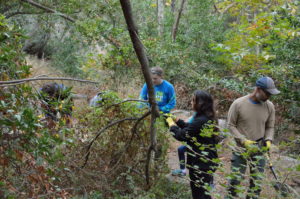
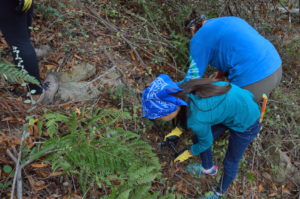

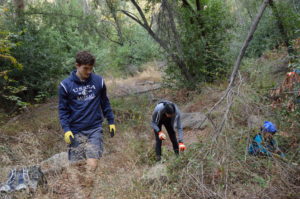
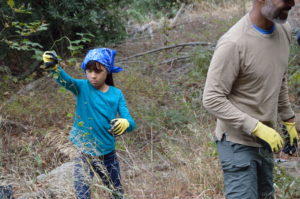

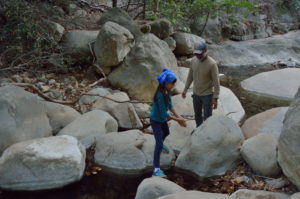






Comments are closed.